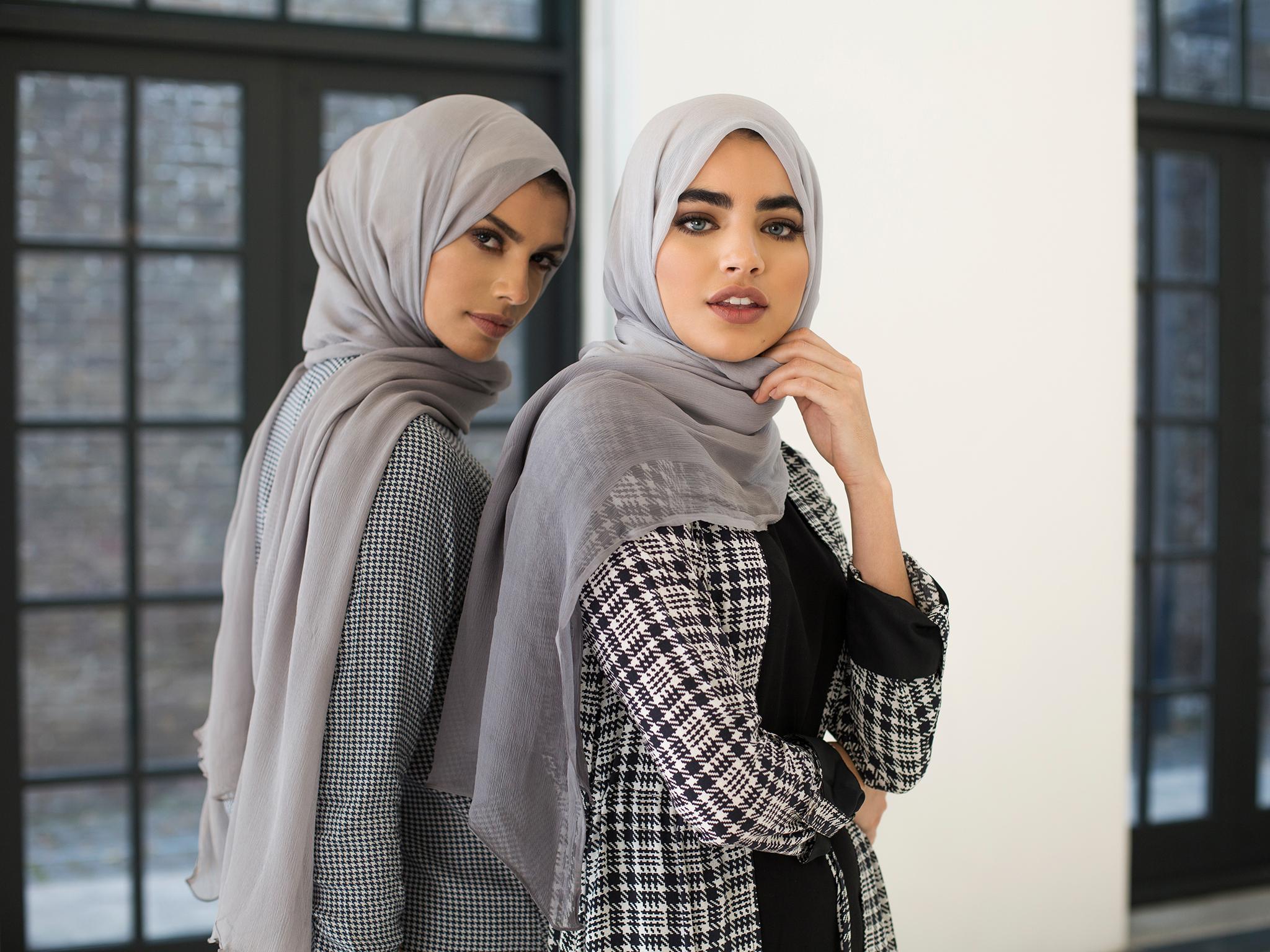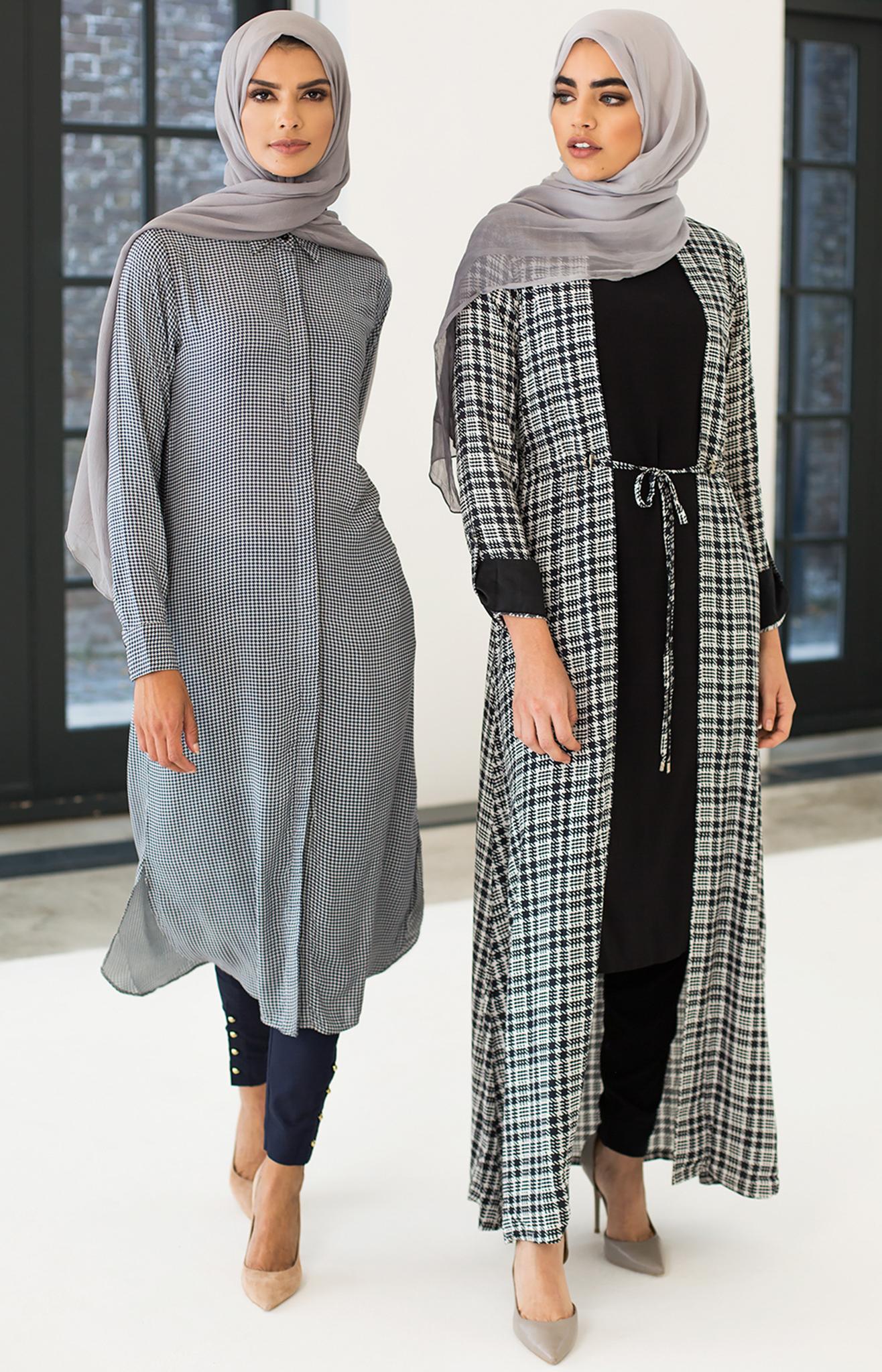Modest fashion: How covering up became mainstream
The rise of religious style tribes, androgyny and the fashion cycle has made concealing your body cool

Your support helps us to tell the story
From reproductive rights to climate change to Big Tech, The Independent is on the ground when the story is developing. Whether it's investigating the financials of Elon Musk's pro-Trump PAC or producing our latest documentary, 'The A Word', which shines a light on the American women fighting for reproductive rights, we know how important it is to parse out the facts from the messaging.
At such a critical moment in US history, we need reporters on the ground. Your donation allows us to keep sending journalists to speak to both sides of the story.
The Independent is trusted by Americans across the entire political spectrum. And unlike many other quality news outlets, we choose not to lock Americans out of our reporting and analysis with paywalls. We believe quality journalism should be available to everyone, paid for by those who can afford it.
Your support makes all the difference.Flick through the racks in a high street store and you’ll notice that wrist-length sleeves and high necks have appeared on dresses, hems are a little longer, and corsets are showcased beneath plain polonecks and crisp, white shirts on manequins. And it’s all thanks to the rise of something called modest-wear.
As the name suggests, modest-wear is clothing that conceals rather than accentuates the shape of the body. Recently, mainstream brands have found themselves playing catch-up to appeal to women who dress modestly for religious and cultural reasons, including Muslims, Jews and Christians. This has collided with the natural fashion cycle which has ushered in long, flowing and lose-fitting clothing as an antithesis to the boundary-pushing, revealing outfits that were in vogue a decade ago (remember underwear as outerwear, Lady Gaga’s shock tactics and Rihanna’s S&M video?).
Reina Lewis, professor of cultural studies at the London College of Fashion and author of Muslim Fashion: Contemporary Style Cultures, has been studying modest looks since the mid-2000s. In the past two seasons in particular she has noticed modest fashions hitting the highstreet. Skinny jeans have been ditched in favour of wide-legged trousers and other androgynous looks that feed off the popularity of brands like Commes des Garcons. And as Nigella Lawson showed when she stepped into the sea in a birkini in 2016, sometimes women just don’t want to show flesh regardless of their beliefs.
At the same time, Muslim fashion designers and influencers in the UK and Jewish and Christians in the US are filling gaps that they have spotted in the market, using social media to gain influence and set up online stores. Factor in brands attempting to appear more “woke” to appeal to millennial consumers in an uncomfortable political climate - just think of the inclusion of a hijabi photographer in that widely panned Pepsi ad - and it's no wonder that modesty is now mainstream.
“Today, individuality is celebrated and again social media has been a key platform for people to express their individuality,” says Altaf Alim, the co-founder commercial director of Aab, a modest fashion brand that launched in 2007.

“Ten years ago it was very difficult to find clothing that was both suitably modest but also on trend.” Now, Aab is working with the Debenhams - the first major UK department store to sell Muslim clothing. Recently, their swim wear collection sold out within days of going online.
“What was available was either frumpy or boring and this is really how the industry came about. It’s fair to say it started out as a cottage industry with designers making dresses with a modest silhouette but with personality. Today there is lot’s of choice from independent designers right through to the high street. Consumer choice is always a good thing," she argues.
But, some will ask, isn't this all a bit oppressive? Neither Lewis nor Alim agree that that is the case. There are still plenty of revealing clothes in stores, and Alim stresses that Aab isn't trying to replace those outfits. The collision of modest fashion designers attempting to appeal to a wider audience while mainstream brands are trying to appear more inclusive has somewhat put to bed this question, argues Alim.
“Ironically this is no longer an argument any more as all the mainstream designers are championing modest fashion as the ‘go to’ look. It’s all very en vogue at the moment. However in the earlier days you always wanted to be careful when talking about modest fashion so as to be sure that you weren’t implying that any other fashion was immodest," she says.
Simi Polonsky who founded The Frock NYC, an orthodox Jewish fashion brand, with her sister agrees. “I feel that society is slowly taking a turn in that they are focusing less on the nuances of a modest woman’s specific dressing guidelines and honing in on the truth behind the 'modest movement'."
Alim says she's had "so many" responses from women who say Aab dresses have given them a renewed sense of confidence, adding: "we want our brand to be inclusive of everyone be they faith or non-faith."
That's all well and good, but it would of course be naive to ignore the fact that modest clothing is another way to market towards consumers from Muslim-majority countries with young populations and many, many petrol dollars. That might explain why the movement has mothballed so fast. From a dearth of stylish modest clothing, in the space of a year or so, London hosted its first Modest Fashion Week, Uniqlo teamed up with fashion design Hana Tajima to release a collection of hijabs. DKNY, Oscar de la Renta, Tommy Hilfiger have all tested the water by releasing one-off collections during Ramadan and Eid. Dolce and Gabbana meanwhile launched a permanent range of hijabs and lose robes, or abayas. But the luxury fashion house was criticised for using white models, proving that cashing in on a cultural sensitive area of the market can be tricky.
Lewis also warns that the commercialisation of grassroots trends aren't always entirely positive for the respective groups. She points to the members of the LGBT community who worry that the recognition of the "pink pound" in the past two decades has sanitised the civil rights movement, as major corporations sponsor pride parades and release themed products.
“I think there are pluses and minuses," says Lewis. "In terms of being constricted as a consumer segment you need to be careful of what you wish for. It's potentially great if you are fashion conscious Muslim. But if you go to iftar [the breaking of the fast during Ramadan] every day and you start to need a different outfit because it becomes a fashion parade that might be unwelcome and oppressive to some.
She adds: "It's all very well to cover but if the clothes were produced by sweated labour and have a terrible impact on environment then how does that fit in with your ethics?"
But for women who have felt ignored by the mainstream for decades, modesty as a movement is an exciting new frontier in fashion.
“Modesty is about an attitude, it is all-inclusive to any woman from any faith, background or age who chooses to take a stand in how they present themselves," says Polonsky. "Seeing that there is a strength and respect in that, is changing the perceptions surrounding modesty, and a modest woman in general."
Join our commenting forum
Join thought-provoking conversations, follow other Independent readers and see their replies
Comments